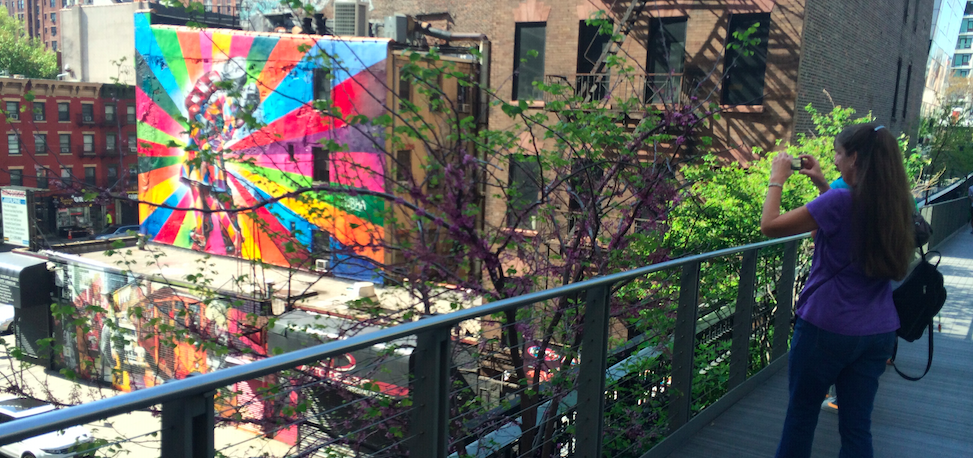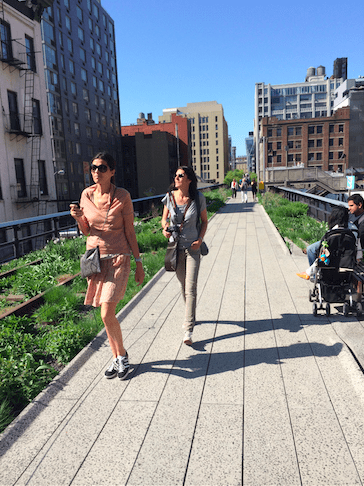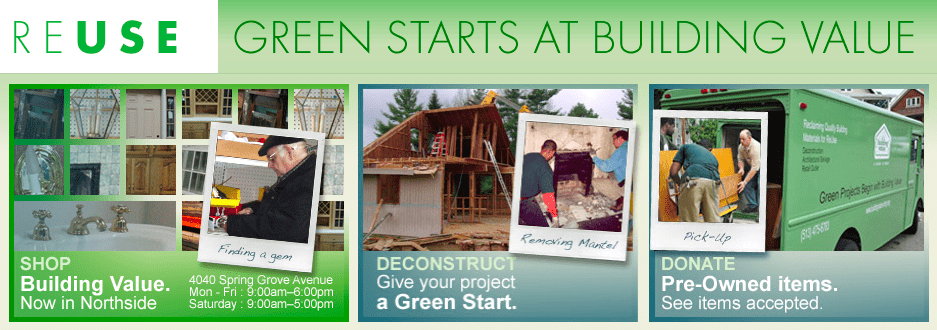Curbside Recycling Isn’t Enough
Recycling isn’t a new idea, though curbside collection and legally enforced recycling in the United States is only about thirty years old, which is relatively new. If you are old enough to remember either of the World Wars or the Great Depression, then you probably remember collecting scrap metals or re-using household items until they couldn’t be used any longer. If you’re in your thirties or forties, you were probably taught how and what to recycle from a young age; and if you’ve grown up in or around big cities, odds are you know exactly what those crate-sized green bins appearing weekly on either side of the street are doing there.
While it can often seem like much is being done in the way of recycling, the statistics surrounding waste management are quite astounding. According to the Clean Air Council, enough paper and plastic forks, spoons, and cups are thrown away each year in the US that if one was to line them up, they would circle the globe more than three hundred times. In addition, 102.1 billion plastic bags are used, but less than 1% of those bags are recycled. Even more shocking – every American uses enough paper and wood products each year to bring down a 100-foot-tall Douglas fir; while a typical office worker in the US will use 10,000 sheets of copy paper each year. These are not statistics from twenty years ago – this is what the average American consumes each year in the United States today.
At the time of this writing, the US ranks 33rd in the world on the Environmental Performance Index published by Yale University each year. This ranking takes into consideration multiple aspects of environmental health when calculating each country’s score: health impacts, air quality, water and sanitation, water resources, agriculture, forests, fisheries, biodiversity and habitat, and climate and energy. If, despite all of its resources and the vast amount of knowledge available, the US still comes in 33rd – what can possibly be done to reduce waste and encourage those who are not recycling to begin?
Sustainability Lust
This is where coveted sustainability comes into play. Though it sounds like a complicated and technical environmental science term, it isn’t. “Sustainability” is an idea that focuses on balancing society, economy and the environment in order to improve and protect a community’s current and future health. “Coveted Sustainability” is simply a sustainability that is attractive enough to inspire or provoke others into achieving the same thing.
Coveted sustainability comes in many different shapes and sizes. Whether it’s a company taking a large, unused landmark and turning it into something that benefits the environment and community, such as The Highline in New York City – a park that was created on the foundation of an abandoned railroad; or a carpenter who builds furniture using only the materials he can find, like abandoned barns or fallen trees; or simply a college student finding an abandoned bookshelf on the side of the road and using the wood to build a desk – all take materials that have already been processed and find creative ways of bringing them new life, saving the environment in the process.
One Man’s Trash Is Another Man’s Art
Some of the biggest supporters and producers of coveted sustainability have been artists. In the last few years, in fact, there has been a movement meant to bring about an increased awareness of the benefits of recycling using coveted sustainability in art pieces that are designed to inspire. These projects range from environmentally-friendly public artwork like the crocheted bicycles that hit Cape Town, South Africa a few years back to an artist in Berlin who turned trash into playful installations, to a company called Sojourner Cyclery, that builds wooden bikes. In an effort to bring this work and the inspiration it provides to the public, “green” organisations across the country are taking advantage of the wealth of artists delving into coveted sustainability, and putting together shows that will, in effect, advocate for the environment in a unique and powerful way.
But I’m No Artist
Does coveted sustainability translate to the average American? It does if you’re willing to get creative. There are more ways to recycle than simply throwing a milk jug into the bin and bringing it to the curb for collection. Thinking about tossing all of those old cds? Think again. If you aren’t looking to make a profit in recycling, try gluing several together in a creative way to make a coaster, or even a table platter. Paint them – turn them into Christmas ornaments. Want to buy a new comforter for your bed but aren’t quite sure what to do with the old one? With a little needle and thread, you can make several couch cushions from the cotton and material.
The foundation of sustainability is reinvention. Most items in your home will be made of materials that can be repurposed into something more basic. Items like cotton, wood, paper, plastic, and tin can be broken down and saved for craft projects. Do It Yourself sites are full of ideas for recycling every day household items. Old sheets become rags to wash your car. T-shirts you love but don’t really wear anymore become a unique quilt full of your favourite memories.
Get Inspired – Get Art
If you’re looking for some inspiration to get you started in your own coveted sustainability art installation, why not check out some of the work others are doing? Green Cincinnati will be putting on a “Coveted Sustainability” Art Show at their LEED Platinum Office in Over-the-Rhine Cincinnati from July 25th until August 29th. Sojourner Cycling will be featuring a wooden tandem bike ridden across country by a father and son team, and other installations will include anything from vintage IKEA furniture to candy wrapper handbags.
Taking a look at the resources you have access to every day is the first step to improving the sustainability of your environment. Get creative – and don’t forget to have a good time doing it! See you at the show opening July 25, 2014.
References
“Can You Save Money by Recycling?.” money. http://www.money.co.uk/article/1010366-can-you-save-money-by-recycling.htm (accessed May 29, 2014).
“Coveted Sustainability Art Show.” http://www.greenumbrella.org/event/coveted-sustainability-art-show (accessed May 29, 2014).
“DIY Network.” – Home Improvement How-To & Remodeling Projects. http://www.diynetwork.com/ (accessed May 29, 2014).
“EPI.” Environmental Performance Index. http://epi.yale.edu/epi (2014).
“History of Recycling.” All-Recycling-Facts.com. http://www.all-recycling-facts.com/history-of-recycling.html (accessed May 29, 2014).
“Inhabitat | Design For a Better World!.” http://inhabitat.com/ (accessed May 29, 2014).
“Michael J. Valdes * Redemptive Acts of Carpentry.” http://redemptiveactsofcarpentry.blogspot.com/ (accessed May 29, 2014).
“NC State Sustainability.” Sustainability at NC State. http://sustainability.ncsu.edu/about/what-is-sustainability (accessed May 29, 2014).
“SojournerCyclery | hand-made wooden bicycle frames.” http://sojournercyclery.com/ (accessed May 29, 2014).
“The High Line.” The High Line. http://www.thehighline.org/ (accessed May 29, 2014).
“Waste and Recycling Facts.” Clean Air Council. http://www.cleanair.org/Waste/wasteFacts.html (accessed May 29, 2014).
contributed by reader, Emma Harriman
(12-12-19 redirected from lohre.com)




